Have you ever wondered how far Jupiter is from Mars or Venus from Earth? Our handy calculator makes it easy to find out!
All distances are average and approximate, as it's difficult to be accurate with such large distances. Planets are also at different distances from each other depending on where they are in orbit at a particular time.
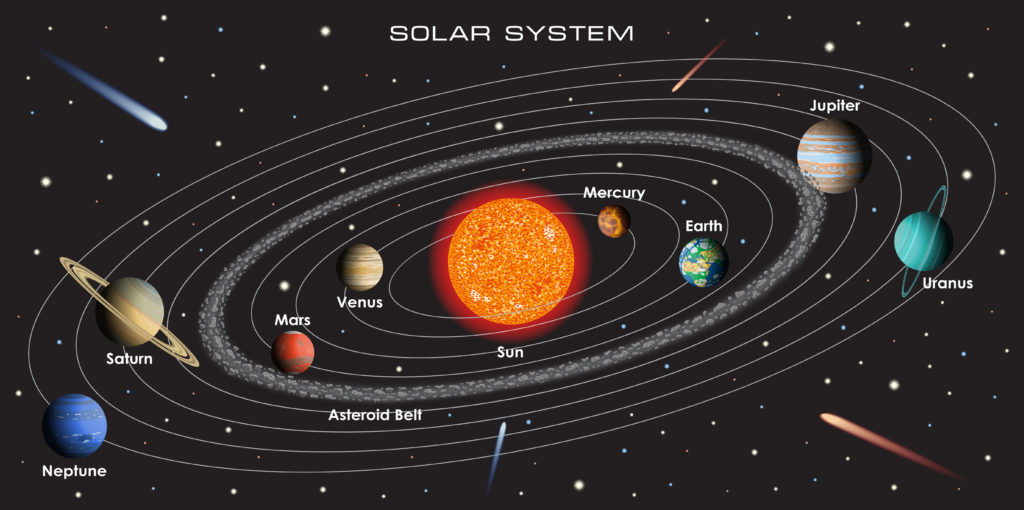
Unveiling the Vastness: Calculate Interplanetary Distances
Choose two planets ( or the sun ) to find out the distance between them.
Solar System Distance Calculator
Calculating the distance between planets in Astronomical Units
As the distances between planets are so huge, astronomers sometimes use astronomical units to compare. The distance between the Sun and Earth is 1 AU.
| Planet | Distance from the Sun ( AU ) |
| Mercury | 0.4 |
| Venus | 0.7 |
| Earth | 1 |
| Mars | 1.5 |
| Jupiter | 5.2 |
| Saturn | 9.5 |
| Uranus | 19.2 |
| Neptune | 30 |
The distances in AU are small enough for children to measure them outside.
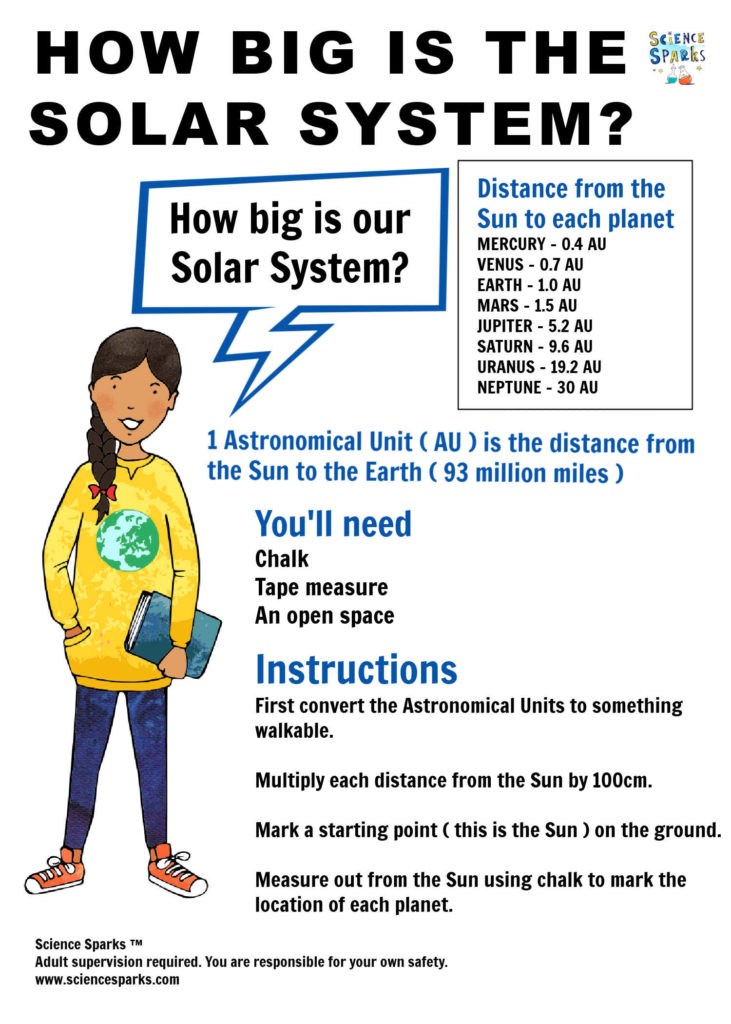
Last Updated on April 1, 2025 by Emma Vanstone
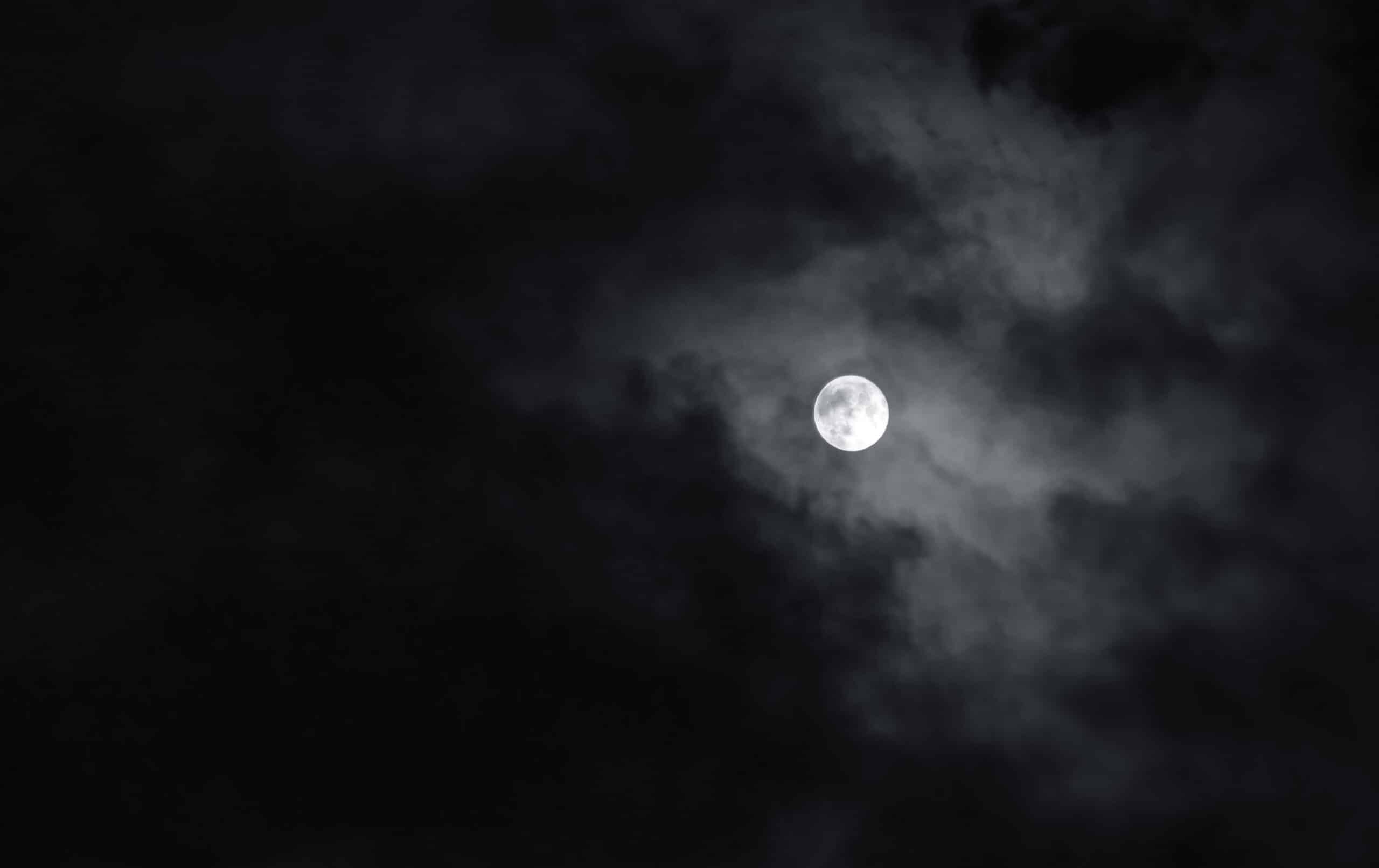
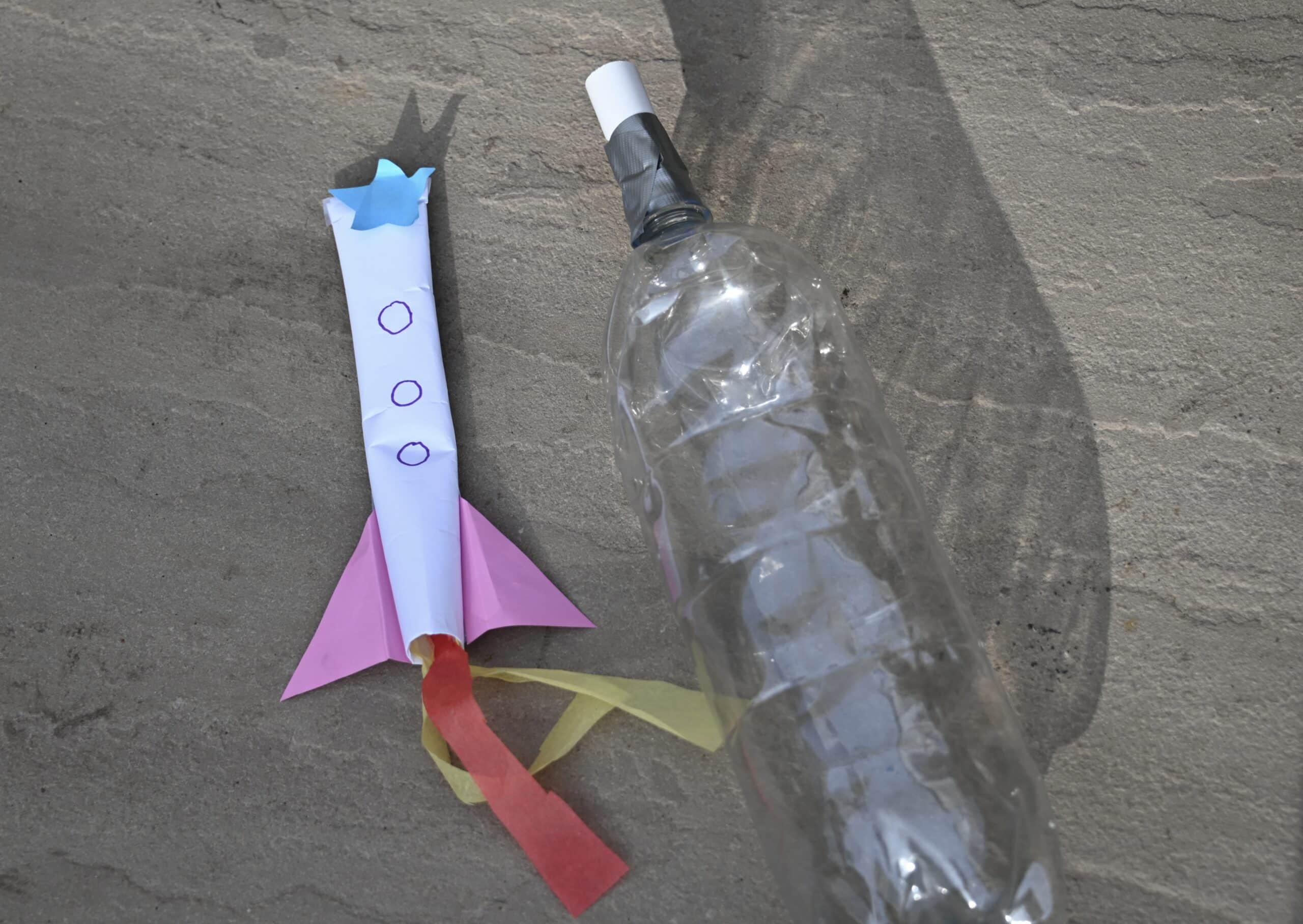
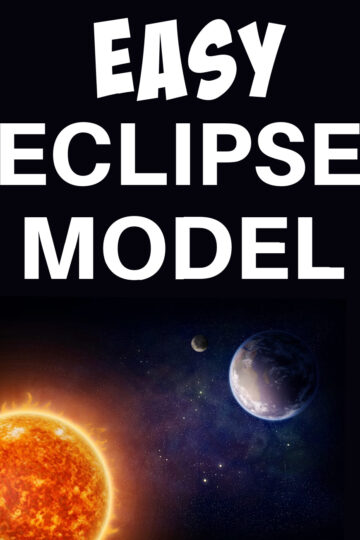
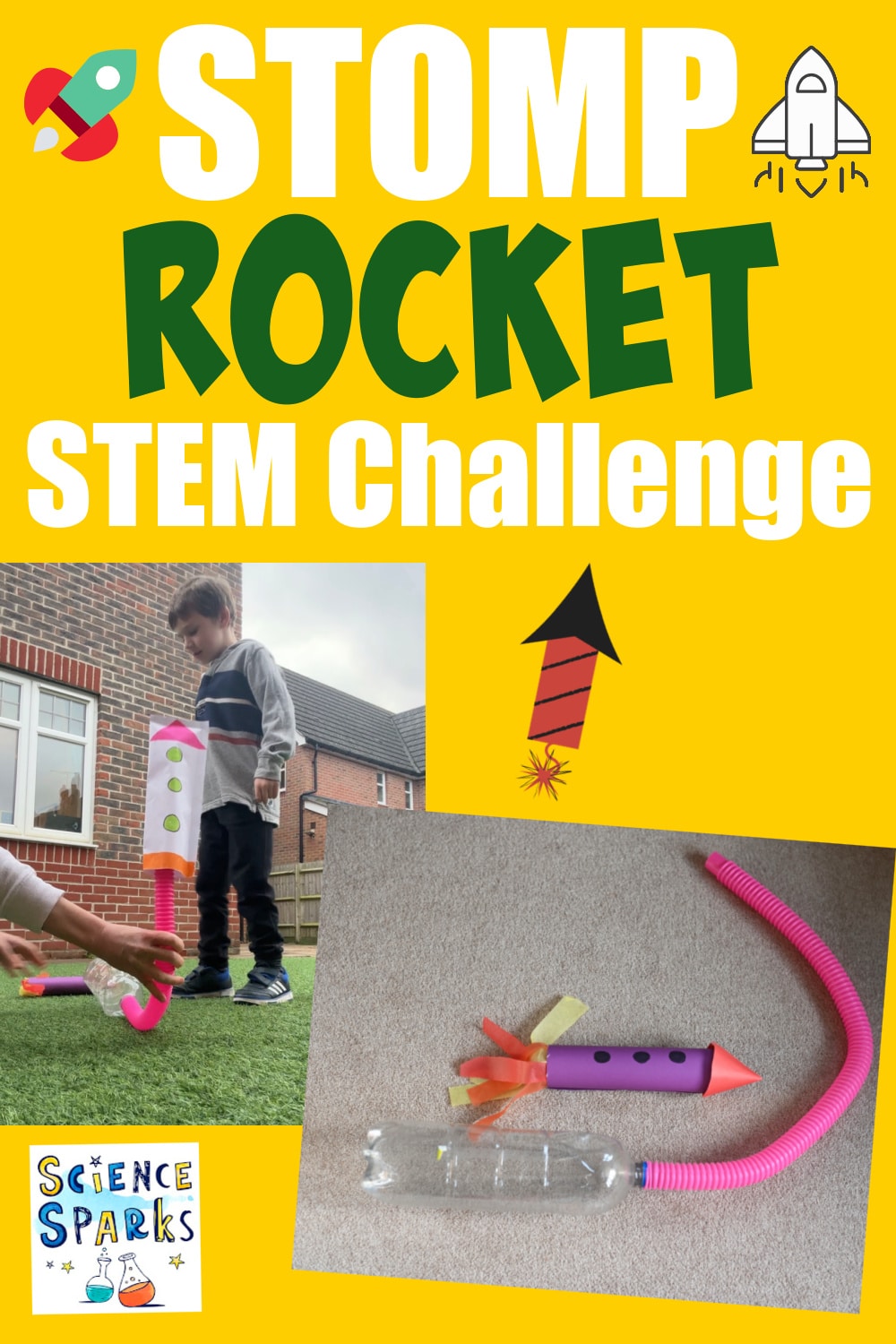
Leave a Reply